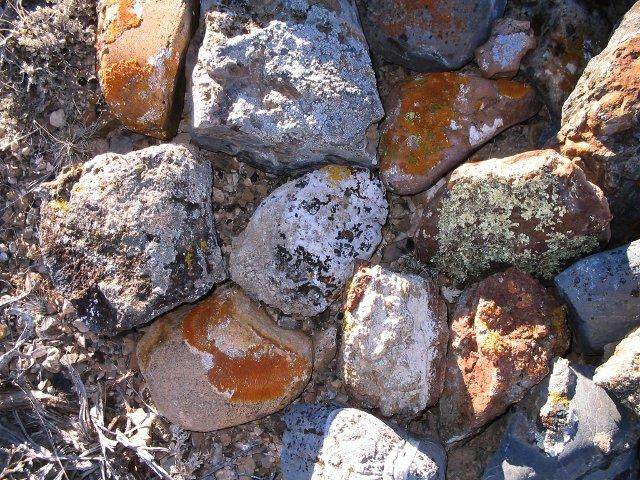Chris: I don't know much about mushrooms, and even less about mycorrhizae fungi. My general sense of the industry, is that marketeers are just trying to sell us things that already exist in the local ecosystem... I collected local oyster mushrooms from the wild. They have fruited more reliably for me than the commercial strains that were purchased. It seems to me that the local mushrooms require less humidity for fruiting. That is a hugely valuable trait in my arid climate.
It seems to me like mycorrhizae fungi and plants are deeply connected to each other... I speculate that the mycorrhizae are ubiquitous in normally functioning ecosystems, and that the only time their use might prove beneficial is if they are applied to sterile soils: That would be in sterile potting mixes, or in fields that have been damaged by -cides or antibiotics. I feel the same way about rhizobia: I just don't see any benefit from adding something to my plants that already exists in the garden. I have been super thrilled this year about using my local soil as a seed starting media... It seems to work much better than the sterile media I had previously thought was the only way to go.
If you want to inoculate an orchard, I'd recommend getting soil and leaf litter from a local riparian area and dump piles of it here and there around the orchard, or perhaps broadcast it. Some of what you apply will like it's new home. I expect better results from this sort of approach than from buying inoculate: Because any formulation you buy will contain a limited number of species, and the genetic diversity within species will be narrow, and the strains are unlikely to be locally-adapted. The nearby woods aughta contain a wealth of microorganisms of benefit to your new orchard. If the orchard can't support them properly this year, then perhaps next year. Local soil from an overgrown brushy area is easy enough to obtain. I added some logs to my
morel mushroom bed. This spring they flowered and produced a gorgeous flush of Turkey Tail mushrooms: Just the thing for making tea for my daughter's condition. I don't understand. I didn't plan for it. The natural world does what it does pretty much regardless of what I think or want...
A place I take care of out in the desert grows a tremendous amount of lichens. I seed it with lichens from other areas. Perhaps some naturally occurring hybrids will arise. Perhaps I'll introduce a bit of genetic diversity. Perhaps a traveling species will feel right at home. Perhaps a changing climate will favor one of the new arrivals. It's not something that I can measure. All I can do it act on the general principle that biodiversity seems to be beneficial, and therefore I can create opportunities for biodiversity.
Lichen conservatory:















 1
1























